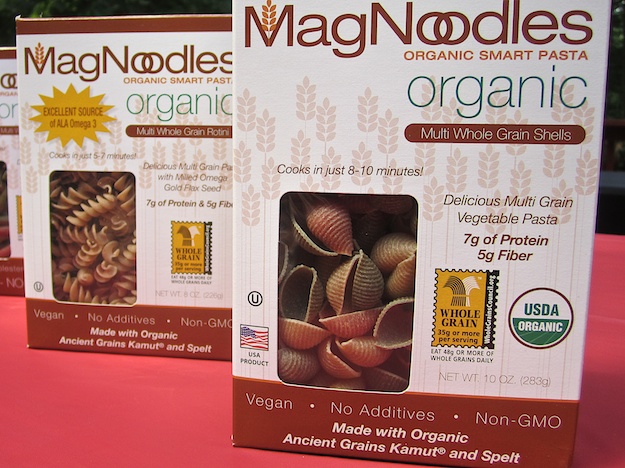
Bringing the Autumnal Embrace Indoors: Crafting a Natural Dried Flower Wreath
As the leaves turn brilliant shades of crimson and gold, and the crisp air carries the scent of woodsmoke, our hearts naturally turn towards creating a warm and inviting home. At Better Homes and Harvests, we believe in embracing the season's bounty and bringing its beauty indoors in simple, sustainable ways. This year, let's ditch the store-bought plastic and create something truly special: a natural, dried flower wreath that embodies the spirit of autumn. It's more than just decoration; it's an opportunity to slow down, connect with nature, and create a cherished family tradition.

The Allure of Dried Flowers: A Sustainable Choice
In a world saturated with mass-produced goods, the beauty of dried flowers lies in their impermanence and their inherent connection to the earth. Unlike artificial decorations, dried flowers are biodegradable and can be composted at the end of their lifespan, returning to the soil from which they came. They also offer a unique textural and color palette that's impossible to replicate with synthetic materials. Think of the velvety heads of dried hydrangeas, the delicate papery feel of strawflowers, and the rustic charm of seed pods – each element tells a story of the season.
Gathering Your Harvest: Sustainable Sourcing
The most rewarding part of creating a dried flower wreath is often the process of gathering the materials. Before you head out, consider where you'll source your flowers.
- Your Own Garden: This is the most sustainable option. Plan your garden with flowers known for their drying capabilities, such as lavender, statice, gomphrena, yarrow, and strawflowers.
- Local Farms and Florists: Support local businesses that prioritize sustainable growing practices. Many farms offer "cut-your-own" flower fields in the fall, or you can purchase already dried bouquets.
- Ethical Foraging: If you choose to forage, be mindful of local regulations and only harvest from areas where it's permitted. Never take more than you need, and leave plenty for wildlife. Identify plants accurately to avoid accidentally harvesting protected species. Look for spent blooms or seed heads that won’t impact the plant’s continued life cycle.
- Consider roadside and wild flowers: A great place to find flowers to add to your wreath.

Remember, responsible harvesting is key to protecting our natural environment.
Preparing Your Flowers: The Art of Drying
Once you've gathered your flowers, it's time to preserve their beauty through drying. There are several methods you can use:
- Air Drying: This is the simplest and most traditional method. Bundle small bunches of flowers together with twine, remove any foliage below the twine, and hang them upside down in a dark, dry, and well-ventilated area. A closet or attic works well. Allow the flowers to dry for several weeks, or until they are completely brittle to the touch.
- Silica Gel: This method is ideal for preserving the color and shape of delicate flowers, such as roses and dahlias. Bury the flowers completely in silica gel in an airtight container, and allow them to dry for several days or weeks, depending on the flower type.
- Pressing: For flat flowers and foliage, pressing is a great option. Place flowers between sheets of absorbent paper (such as newspaper or blotting paper) and weigh them down with heavy books. Change the paper every few days until the flowers are completely dry and papery.
Experiment with different drying methods to see what works best for you and your preferred flowers.
Building Your Wreath: A Step-by-Step Guide
Now for the fun part: assembling your wreath! Here's a simple guide to get you started:
Materials:
- Dried flowers and foliage
- Wreath form (grapevine, wire, or straw)
- Florist wire or hot glue gun
- Wire cutters
- Scissors
- Ribbon or twine (optional, for hanging)
Instructions:
- Prepare your wreath form: If using a grapevine wreath, ensure it's free of loose debris. For wire or straw forms, you may want to wrap them with burlap or moss for a more natural look.
- Sort and organize your materials: Arrange your dried flowers and foliage by type and color. This will make it easier to create a balanced and visually appealing design.
- Start layering: Begin by attaching larger elements, such as dried hydrangeas or seed pods, to the wreath form using florist wire or hot glue. Overlap the stems to create a full and layered look.
- Add focal points: Choose a few standout flowers or elements to serve as focal points. Position them strategically around the wreath, creating visual interest.
- Fill in the gaps: Use smaller flowers and foliage to fill in any gaps and create a cohesive design.
- Secure everything: Ensure all elements are securely attached to the wreath form.
- Add a hanger: Attach a loop of ribbon or twine to the back of the wreath for hanging.

Creative Design Ideas: Personalizing Your Wreath
Don't be afraid to get creative with your wreath design! Here are a few ideas to spark your inspiration:
- Monochromatic Magic: Create a wreath using flowers and foliage in a single color palette, such as shades of orange, yellow, or red.
- Textural Delight: Focus on creating a wreath with a variety of textures, using elements like seed pods, grasses, and dried berries.
- Seasonal Accents: Incorporate seasonal elements like dried wheat, corn husks, or miniature pumpkins.
- Herbaceous Harmony: Include dried herbs like rosemary, sage, and thyme for a fragrant and visually appealing wreath. Consider adding dried citrus fruits for a pop of color and festive scent.
A Family Affair: Creating Memories Together
Making a dried flower wreath is a wonderful activity to share with your family. Involve children in the gathering and drying process, and let them help with the design and assembly.
My own fondest memories are sitting at the kitchen table with my daughter, surrounded by piles of colorful blooms. She would meticulously choose each flower, telling me stories about where she found it and what it reminded her of. These are the moments that truly make the holidays special – the shared laughter, the creative collaboration, and the tangible reminder of our connection to nature.

Displaying Your Wreath: A Warm Welcome
Once your wreath is complete, find a special place to display it. A front door makes a welcoming statement, or you can hang it above a fireplace or on a wall inside your home.
Preserving the Beauty: Care and Longevity
With proper care, your dried flower wreath can last for many years. Keep it out of direct sunlight and away from moisture. Gently dust it periodically to remove any accumulated dirt. If the flowers become brittle, you can lightly mist them with water to rehydrate them slightly.

Embracing the Slow Season: A Mindful Practice
Creating a dried flower wreath is more than just a craft project; it's an opportunity to slow down, connect with nature, and appreciate the simple beauty of the season. It’s a chance to engage in mindful living, appreciating the textures, colors, and scents of the natural world around us. It's a reminder that true beauty lies not in fleeting trends or mass-produced objects, but in the authentic, handcrafted, and nature-connected moments we create.
This autumn, let's embrace the spirit of slow living and create something truly special: a natural, dried flower wreath that embodies the essence of the season. Happy crafting!